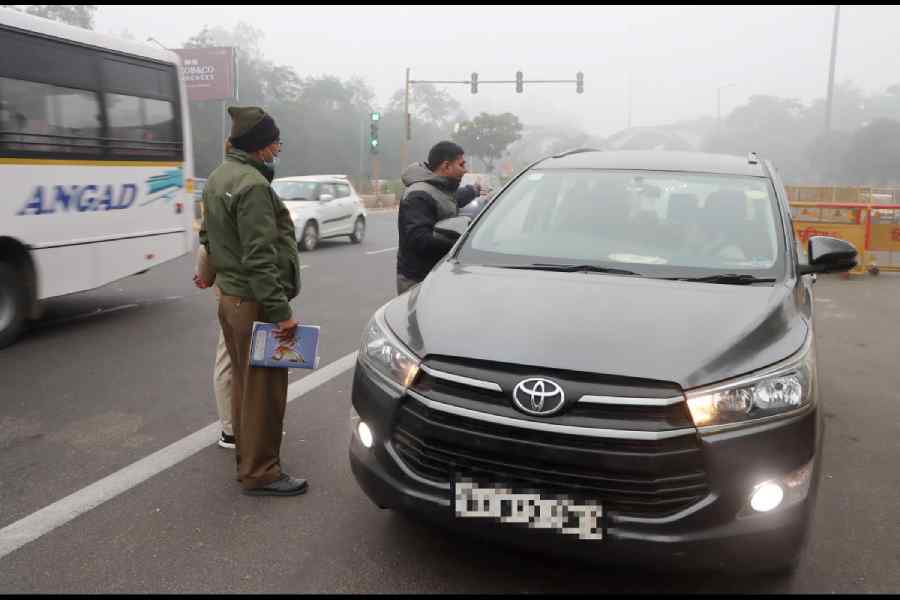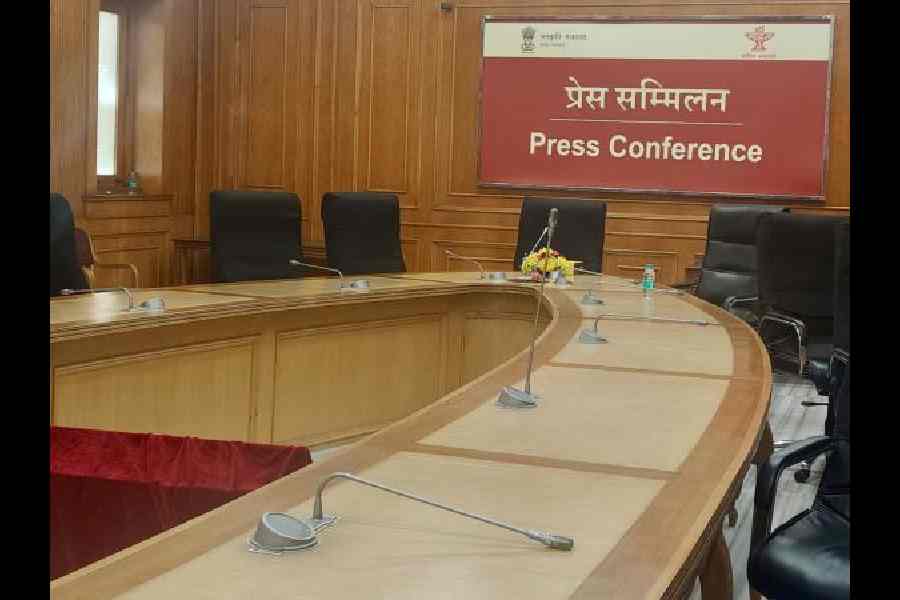Digital addiction is an emerging crisis. A recent nationwide survey conducted by Local Circles, a community social media platform, showed that 28% of adolescents in the 13-17 age group spend six hours or more on digital technologies every day. The corresponding figure for those spending between three and six hours is 34%. Digital penetration has deepened. The study, which recorded over 65,000 responses from people living across 287 districts, found that children in 71% urban families had access to either a smartphone, desktop, laptop or tablet for the most part of the day outside school hours. This brings attendant challenges. A comparative analysis with a similar survey conducted in 2019 reveals that the number of parents complaining about digital addiction among their wards has increased by nearly 30% over the past three years. The Covid-19 pandemic, which forced online learning and limited social interactions, enhanced reliance on digital gadgets. Changing technology is another causal factor. Globally, the prevalence of mobile phone addiction among adolescents varies from 2.4% to as high as 60%. In India, students belonging to the age group of 15-24 comprise nearly half of the entry-level smartphone users.
But the allure of the digital is not always healthy. Ascendant use of digital technology among adolescents has been accompanied by the rise in risky stunts to generate ‘likes’ on social media, consequential selfie-related accidents, and high dropout rates. Mental health is compromised — Instagram’s internal study suggests that the platform caused body dissatisfaction among teenage girls — as is physical health — rising obesity and diminishing attention spans among the young are common. Cyberbullying, privacy breaches and negative impacts on real-life bonds are some of the other ‘gifts’ of a wired world. Mitigatory measures are now necessary. However, policymakers, parents and educational institutions must ensure that such interventions do not lead to surveillance. Legal deterrence may be a way out: a number of countries are enacting laws to curb social media’s grip on its youngest users. In fact, the Local Circles survey emphasised that 68% Indian parents want the age for social media to be raised to 15 years. Such concerns must not go unaddressed.










